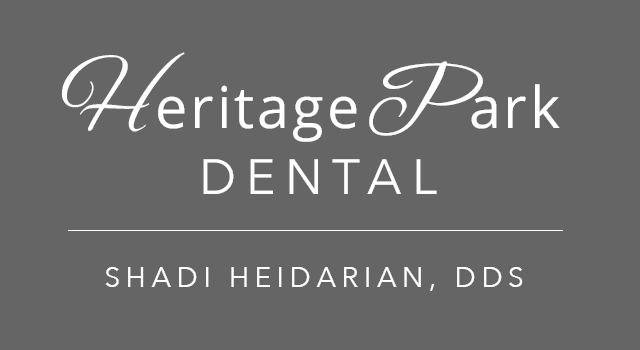The Purpose Of Orthodontic Anchorage In Dental Care

When you’re considering getting orthodontic work done, it’s not unusual to overlook the difficulties involved. This is largely due to the fact that these technical details are handled by the orthodontist. However, there’s been a rising trend of people getting mail-order orthodontics, or worse, doing DIY braces. These two trends only serve to highlight the difficulty involved in having orthodontic treatments done safely and effectively. One of the most critical elements of ensuring effective orthodontic care is the proper anchorage of the teeth. Anchorage ensures that only those teeth that need to move actually move. If a tooth moves unexpectedly during treatment, dire consequences could be the result.
How Orthodontic Anchorage Works In Treatment
The first form of orthodontic anchorage was developed by Henry Albert Baker. Baker’s anchorage continues to be used to the present day. Many new processes and styles of anchorage have been developed to handle varying orthodontic conditions. These processes are classified in the following manner:
- Site-Based Classification
- Intraoral – These are anchorages that are placed inside the mouth.
- Extraoral – A term for external anchorages that rely on headgear and face masks. Three forms of headgear are available, cervical, occipital, and combination headgear.
- Muscular – When muscle-based anchorages are used to secure the teeth.
- Number of Treated Teeth
- Simple/Primary – When only a primary, meaning single, tooth is involved.
- Compound – More than one tooth is involved in this anchorage.
- Reinforced – When appliances or other teeth are used to secure the base anchorage in place. The supporting anchorages are often extraoral or muscular.
- Reciprocal – When two teeth need to move towards each other an equal amount.
- Stationary – When one tooth needs to be moved from one location to another, a stationary anchorage is used.
- Space-Based Classification
- Group A – When anterior (front) teeth need to be moved towards the back.
- Group B – When both anterior and posterior (rear) teeth need to be moved.
- Group C – When posterior teeth need to move towards the front.
- Absolute Anchorage – When all of the teeth involved are being moved towards the rear of the mouth. In all the other forms, there is some portion or posterior and anterior teeth being moved.
These three types of classifications represent those most commonly used and referenced. There are two other types of classification, which refer to the implants being used or the bone being used as an anchor point. In all types of anchorages, there is one singular goal, to ensure that only the desired teeth are moved while the rest remain stationary. If these teeth should move unexpectedly, there can be consequences for the orthodontic treatment.
Work With A Specialist For Orthodontic Care
These classifications demonstrate just how involved the orthodontic process can become. With the rising tide of mail-order orthodontics and DIY braces, it’s important that patients understand what’s involved. Each stage of your orthodontic care requires active oversight from a specialist. Without it, you encounter the risk of poor results or even dangerous complications that can endanger your oral health. Ensure your teeth are getting proper care by speaking to a professional orthodontic specialist about your treatment.

